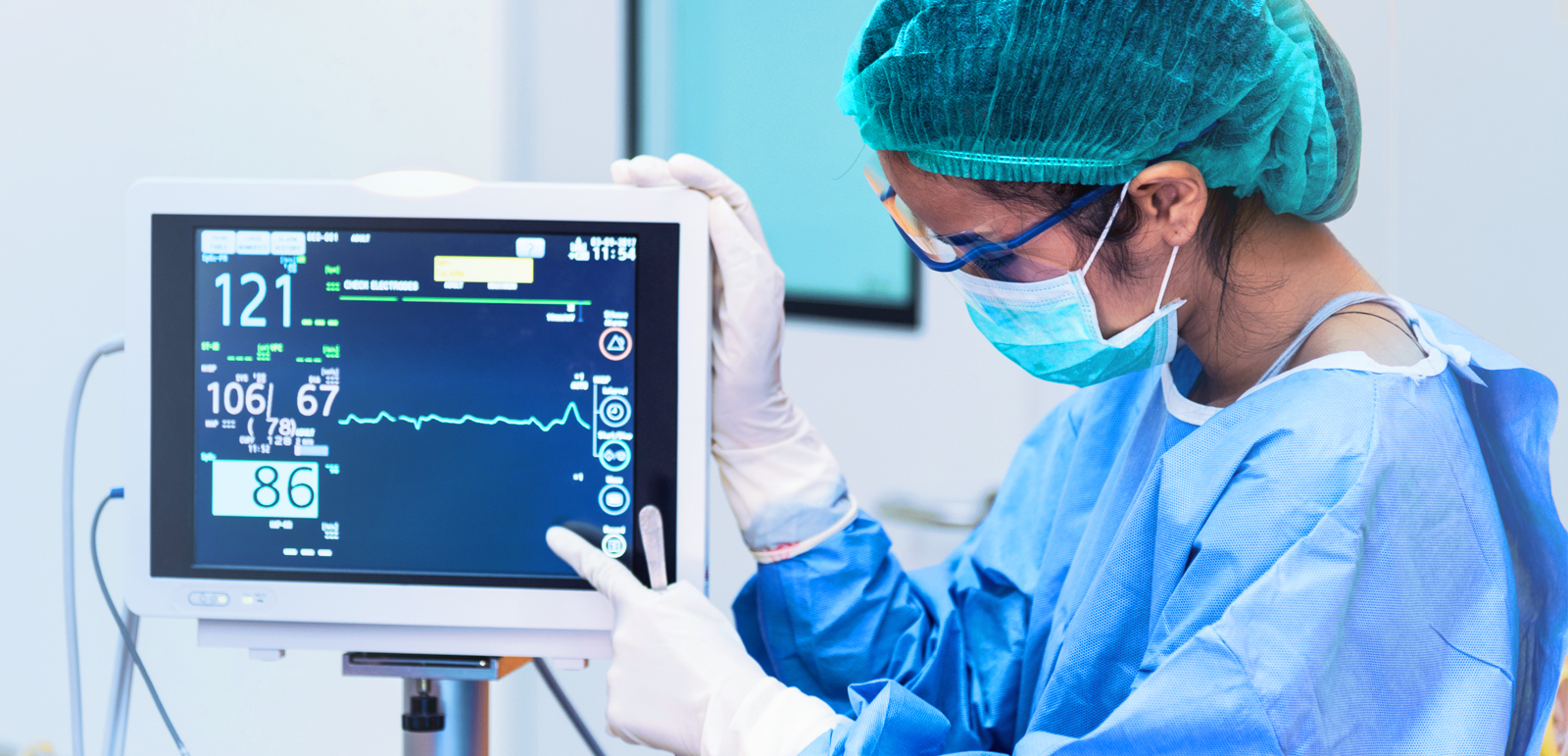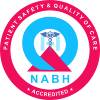Opp. KSRTC Bus Depot, Chintamani - 563125
Physiotheraphy & ECG

Physiotheraphy
The Department of Physiotherapy and Rehabilitation of Deepasri Multispecialities Hospital is well equipped with the latest equipment working on all sub specialties in physiotherapy. The hospital has qualified and highly experienced team of physiotherapists providing OPD Services (Direct and referral) and IPD Services (in wards and intensive care units) with treatment procedures of international standards to offer a multifaceted approach to the patient’s rehabilitation.
- 1. Pain Management
- 2. Neuro Rehabilitation
- 3. Ortho Rehabilitation
- 4. Cardio Rehabilitation
- 5. Electrotherapy
- 6. Fitness Programme and Lifestyle Management
- 7. Back to Work Rehabilitation
- 8. Home Modification

Electrocardiogram (ECG)
An Electrocardiogram (ECG) is a test which measures the electrical activity of your heart to show whether or not it is working normally.
An ECG records the heart’s rhythm and activity on a moving strip of paper or a line on a screen. Your doctor can read and interpret the peaks and dips on paper or screen to see if there is any abnormal or unusual activity.
What ECG can be used to diagnose?
An Electrocardiogram can be a useful way to find out whether your high blood pressure has caused any damage to your heart or blood vessels. Because of this, you may be asked to have an ECG when you are first diagnosed with high blood pressure.
Some of the things an ECG reading can detect are:
- 1. Cholesterol Clogging up your Heart’s blood supply
- 2. A Heart attack in the past
- 3. Enlargement of one side of the Heart
- 4. Abnormal Heart rhythms
ECG Procedure
An ECG (Electrocardiogram) is a safe and painless test which normally only takes a few minutes.
Leads from an electrocardiograph machine are attached to the skin on your arms, legs and chest using sticky patches. These leads read signals from your heart and send this information to the electrocardiograph. The machine then prints the reading on a paper strip or on a screen.

Electrocardiogram (ECG)
An Electrocardiogram (ECG) is a test which measures the electrical activity of your heart to show whether or not it is working normally.
An ECG records the heart’s rhythm and activity on a moving strip of paper or a line on a screen. Your doctor can read and interpret the peaks and dips on paper or screen to see if there is any abnormal or unusual activity.
What ECG can be used to diagnose?
An Electrocardiogram can be a useful way to find out whether your high blood pressure has caused any damage to your heart or blood vessels. Because of this, you may be asked to have an ECG when you are first diagnosed with high blood pressure.
Some of the things an ECG reading can detect are:
- 1. Cholesterol Clogging up your Heart’s blood supply
- 2. A Heart attack in the past
- 3. Enlargement of one side of the Heart
- 4. Abnormal Heart rhythms
ECG Procedure
An ECG (Electrocardiogram) is a safe and painless test which normally only takes a few minutes.
Leads from an electrocardiograph machine are attached to the skin on your arms, legs and chest using sticky patches. These leads read signals from your heart and send this information to the electrocardiograph. The machine then prints the reading on a paper strip or on a screen.






